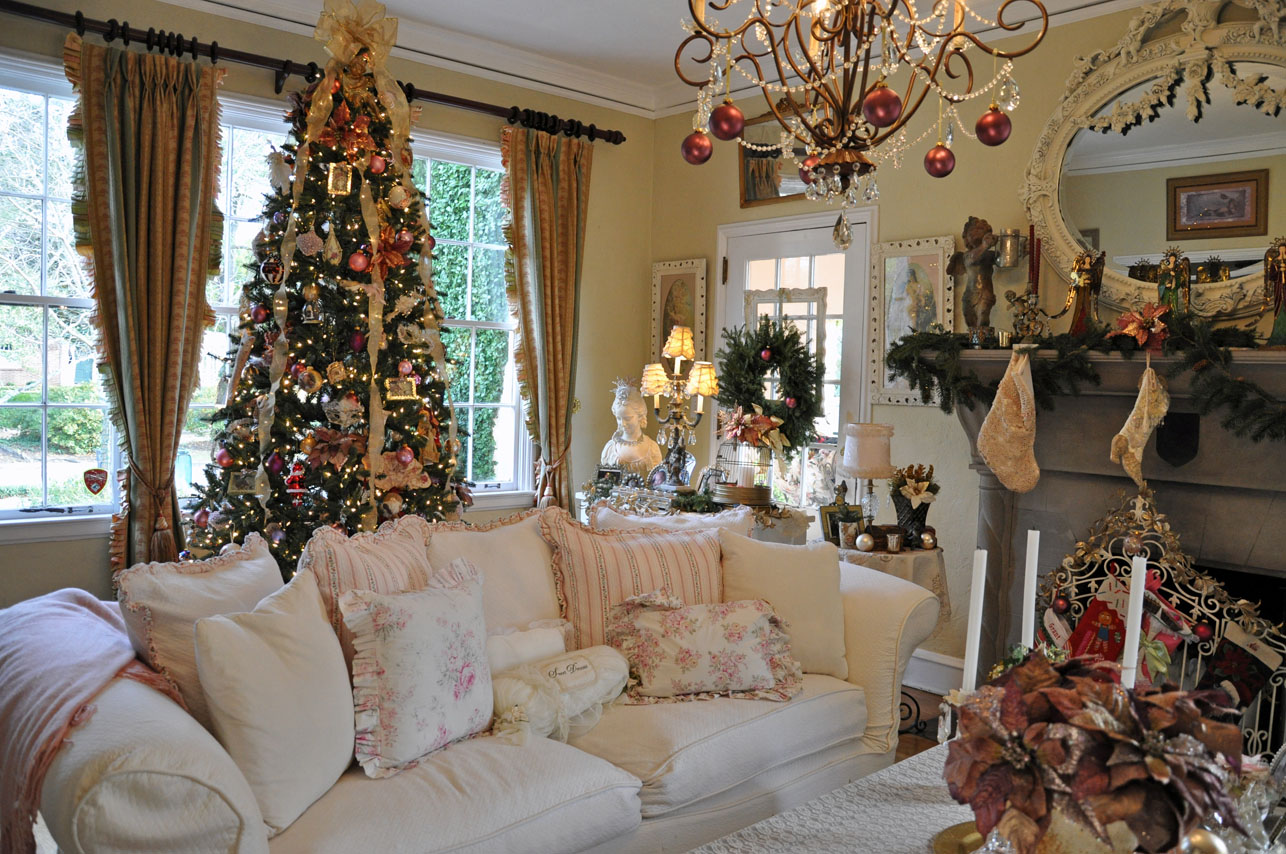[dropcap]O[/dropcap]h Christmas trees, oh Christmas trees. On the surface, it’s a little difficult to see what the association is between the seasonal celebration and our favourite festive first. You might know that Christmas trees were first popularised in Germany, or that the tradition was brought to the UK by Queen Victoria’s husband Prince Albert.
But do you know why we put them up in the first place? Or how long people have been doing it for? It turns out there’s a lot more to Christmas trees than you’d think. Here’s 9 fantastic facts about these festive favourites:
Evergreen trees have been used to celebrate the winter season since before the birth of Christ
In fact, pagans used branches of evergreen trees to decorate their homes during the winter solstice, as a way of making them think of the coming spring, while Romans used holly leaves and fir trees to decorate their temples at the festival of Saturnalia.
The first decorated Christmas tree was put up in Riga, Latvia in 1510
However Tallinn, Estonia, also claims to have come up with the idea of a decorated tree before that – in 1441.
The use of small candles on trees has been a phenomenon since 17th century
That is, until 1895 when Ralph Morris, an American telephonist, invented the first electric Christmas lights to prevent the danger of Christmas tree fires.
Trees used to be adorned with edible decorations
In Germany, the first Christmas Trees were decorated with gingerbread, apples, wafers, and sweets – long before the idea of selection boxes existed.
Real Christmas trees aren’t always fir trees
Different trees are used in different countries: in New Zealand, the ‘Pohutakawa’ tree – with red flowers – is sometimes used, while banana or mango trees are sometimes used in India.
And artificial Christmas trees were developed in Germany during the 19th century
These “trees” were also made from goose feathers that were dyed green and attached to wire branches, which were then wrapped around a rod that acted as the trunk.
Most modern artificial Christmas trees are made from PVC plastic.
And about 80% of those are made in China.
White-coloured artificial trees aren’t an entirely modern phenomenon
The fashion for white trees caught on in the early 20th century, when Christmas trees were made from coloured ostrich feathers at ‘fashionable’ parties.
Christmas trees are thirsty
Even when they’ve been cut down, put up in your living room, and decorated, a Christmas tree should be treated like a cut flower; just because it’s been cut down, doesn’t mean it’s dead. In its first week, it can drink almost a litre of water every day – so remember to keep yours watered!
Source: ChristmasFM







